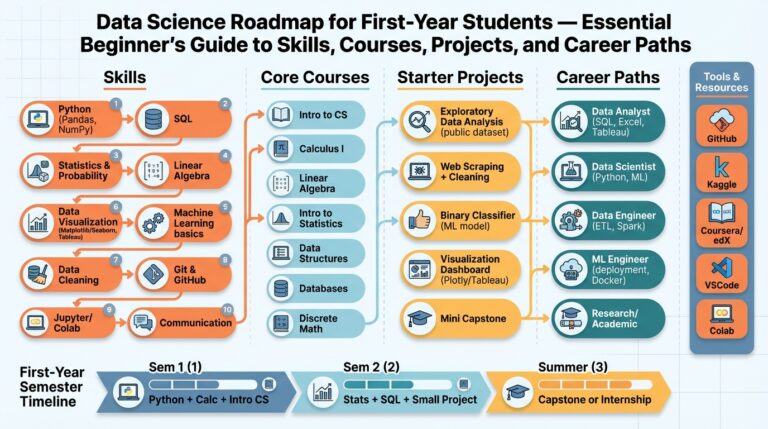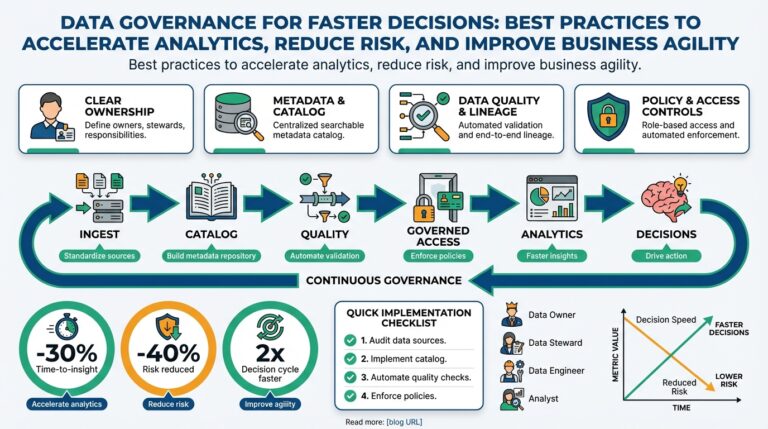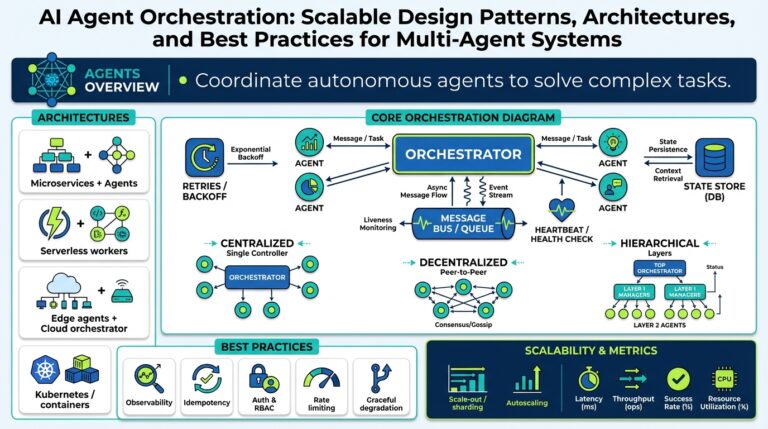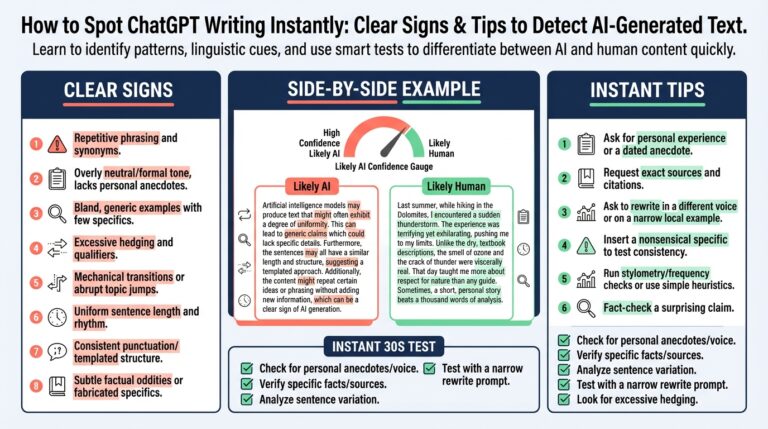The world of artificial intelligence, especially in natural language processing (NLP), has seen tremendous advancements with the advent of transformer models like GPT-2. However, for many, the intricacies of how these models function remain a mystery. The Transformer Explainer tool bridges this gap, offering an interactive, educational experience that demystifies the complex processes behind text generation. In this blog, we will delve into the key features of this tool, exploring how it serves as both an educational resource and a hands-on experimentation platform.

💡 Transformer Explainer Overview
The Transformer Explainer is an interactive visualization tool designed to help users understand the inner workings of GPT-2. This tool breaks down the process of how the model transforms input text into predictions for the next tokens in a sequence. By visualizing each step, users can gain a clear understanding of the layers of computation involved, from token embeddings to attention mechanisms and ultimately to the generation of coherent text.
One of the standout features of the Transformer Explainer is its ability to make abstract concepts tangible. By allowing users to see how each token in a sentence is processed, transformed, and passed through the various layers of the model, the tool provides an intuitive understanding of the complex architecture that powers GPT-2. This makes it an invaluable resource for anyone looking to grasp how transformers function, without needing a deep background in machine learning.
🔄 Real-time Experimentation
One of the most powerful aspects of the Transformer Explainer is the ability it gives users to interact with the model in real time. For instance, users can adjust key parameters, such as temperature, to see how these changes affect the model’s behavior.
- Temperature is a parameter that controls the randomness of predictions. A lower temperature makes the model’s output more deterministic, resulting in more predictable and repetitive text. Conversely, a higher temperature introduces more randomness, allowing for more creative and varied outputs.
By tweaking this and other parameters, users can conduct their own experiments and observe the immediate effects on text generation. This hands-on approach is invaluable for learning, as it transforms theoretical knowledge into practical understanding.
🌐 Web-based Accessibility
Another significant advantage of the Transformer Explainer is its accessibility. The tool is entirely web-based, meaning it runs locally in the user’s browser without the need for any installations, special hardware, or software dependencies. This design choice ensures that the tool is accessible to a wide audience, from students using a basic laptop to educators in classrooms.
By eliminating the need for complex setups, the Transformer Explainer democratizes access to advanced AI concepts. Anyone with a web browser can dive into the world of transformers and start exploring, regardless of their technical background or resources.
🛠️ Simplified Learning
Understanding complex AI models often requires navigating between high-level concepts and low-level mathematical operations. The Transformer Explainer simplifies this learning process by allowing users to transition seamlessly between different levels of abstraction.
- Low-level operations include the mathematical functions that drive the model, such as matrix multiplications and softmax functions.
- High-level structures encompass the broader architecture of the model, such as the self-attention mechanism and the feed-forward layers.
With the Transformer Explainer, users can zoom in on specific computations to see how individual operations contribute to the model’s overall behavior. Alternatively, they can zoom out to understand how different components work together to generate coherent text. This flexibility makes the tool an excellent learning resource for both beginners and those looking to deepen their understanding of transformer models.
👥 Educational Purpose
The Transformer Explainer is designed with education in mind. It is particularly well-suited for non-experts, including students, educators, and AI enthusiasts who are new to the field of NLP. The tool provides an interactive learning experience that goes beyond traditional textbooks or lectures.
- For students, the Transformer Explainer offers a hands-on way to explore the concepts they learn in class, helping them connect theory with practice.
- For educators, the tool serves as a valuable teaching aid, allowing them to demonstrate complex concepts in a visual and engaging manner.
By making the intricacies of transformer models accessible to a broader audience, the Transformer Explainer plays a crucial role in fostering a deeper understanding of AI and its potential applications.
🚀 Ongoing Improvements
As with any educational tool, there is always room for improvement. The developers of the Transformer Explainer are actively working on enhancements to further enrich the user experience. Key areas of focus include:
- Interactivity: Efforts are being made to make the tool even more responsive, allowing users to interact with the model in more dynamic ways.
- Inference speed: Enhancing the speed at which the model processes input and generates predictions, ensuring a smoother experience for users.
- Model size: Exploring the use of larger or more advanced models within the tool, offering users a broader range of experimentation possibilities.
These ongoing improvements are aimed at making the Transformer Explainer not just a static learning resource but a continually evolving platform that adapts to the needs of its users.
Conclusion
The Transformer Explainer is more than just a tool; it’s a gateway to understanding one of the most powerful innovations in AI. By offering an interactive, web-based platform that balances accessibility with depth, it serves as an ideal resource for both learning and experimentation. Whether you are a student, educator, or simply an AI enthusiast, the Transformer Explainer offers a unique opportunity to explore the inner workings of transformers and unlock the potential of NLP technology. As the tool continues to evolve, it will undoubtedly play a key role in shaping how we learn about and interact with AI in the future.



